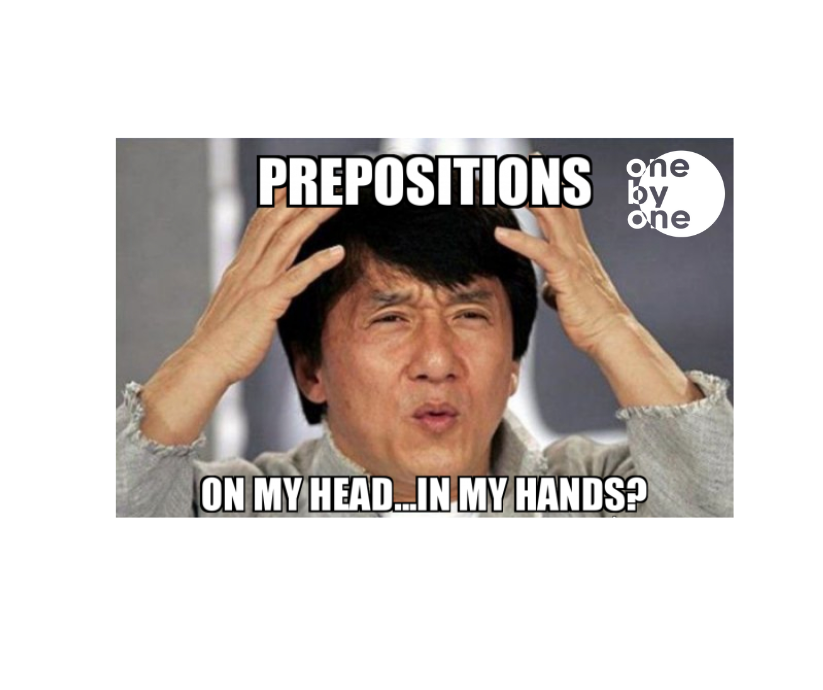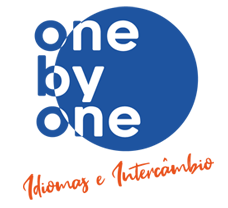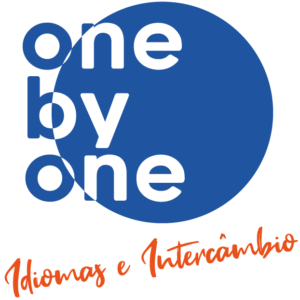Prepositions

Hey dear students! How’s it going?
Hoje iremos fazer um pequeno resumo sobre este tópico que é bem importante compreender no inglês, são as preposições.
According to Merriam-Webster dictionary, a preposition is a word—and almost always a very small, very common word—that shows direction (to in “a letter to you”), location (at in “at the door”), or time (by in “by noon”), or that introduces an object (of in “a basket of apples”). Prepositions are typically followed by an object, which can be a noun (noon), a noun phrase (the door), or a pronoun (you).
De acordo com o dicionário Merriam-Webster, uma preposição é uma palavra – e quase sempre uma palavra muito pequena e muito comum – que mostra direção (para em “uma carta para você”), localização (em em “na porta”) ou tempo (por em “ao meio-dia”), ou que introduz um objeto (de em “uma cesta de maçãs”). As preposições são normalmente seguidas por um objeto, que pode ser um substantivo (meio-dia), uma frase substantiva (a porta) ou um pronome (você).
Examples:
IN
This preposition could be used to indicate TIME or LOCATION.
Esta preposição poderia ser usada para indicar HORA ou LOCAL.
Time:
Used to indicate longer and less defined periods of time, such as a part of the day, a month, a year, etc.
Usado para indicar períodos de tempo mais longos e menos definidos, como uma parte do dia, um mês, um ano, etc.
- In the morning.
- In the afternoon.
- My birthday is in July.
- In 1982.
- It’s hot in the summer.
- I am pride in working hard.
Location:
- I live in Gravataí.
- We all live in a yellow submarine.
- I like to play videogames in my living room.
- Interesting Fact: If you are a patient of a hospital, you can say I am in the hospital.
- However if you are visiting someone you can say, I am at the hospital.
ON
It is used to refer mainly to specific dates and days and to the surfaces of locations and some means of transport.
É usado para se referir principalmente a datas e dias específicos e às superfícies de locais e alguns meios de transporte.
Examples:
- My birthday is on July 5th.
- On Mondays we have English classes.
- My laptop is on my bed right now.
- We are watching TV on the sofa.
We also can use ON when we are talking about electronic or virtual things example:
- I am installing an app on my phone.
- I found it on the internet.
- They travel on the plane.
- He is on the bus.
- I rely on you.
AT
It is used to indicate specific times and places.
É usado para indicar horários e lugares específicos.
- Our class starts at 8 pm.
- I usually arrive at home at 6 pm.
- We are watching a movie at home.
- I was playing soccer at school yesterday.
- You are good at playing games.
- At noon.
- At midnight.
- At 7 o’clock.
- At 7h30 pm/am
- At Christmas.
- At Easter.
- At New Year’s .
- At night.
Gostou dessa dica?
Siga também nossas redes sociais:
Instagram: One by One Idiomas (@onebyoneidiomas)





